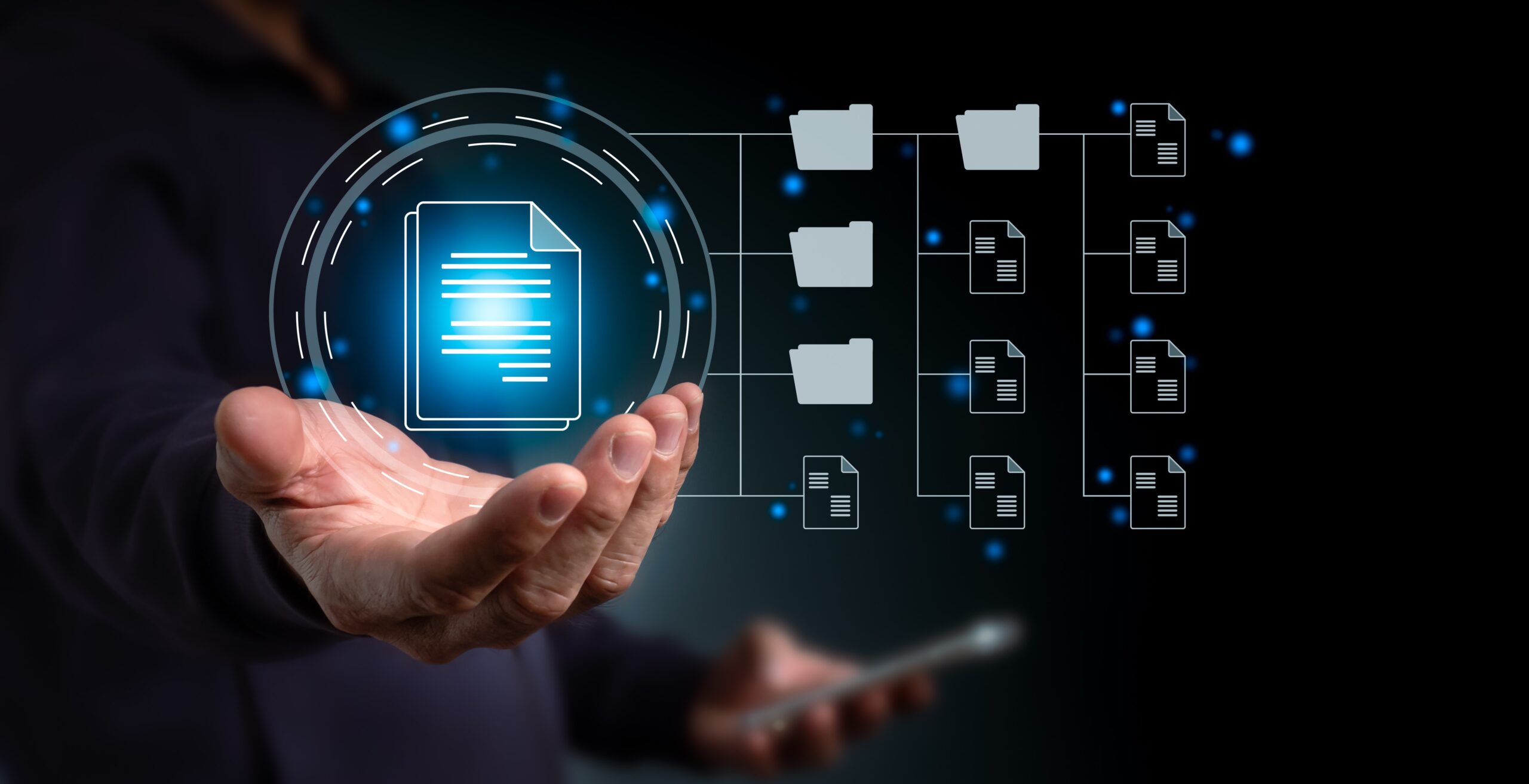AI: The New Toolkit for Construction Disputes
Eimear McCann explores the changing face of construction, through the lens of AI.
Date : 19/01/24


Eimear McCann explores the changing face of construction, through the lens of AI.
Construction has historically been slower to digitise than other sectors; however, there is a clear sense that this is changing.
AI can have a significant impact on both the flow of a construction project, and on the way disputes in this industry are managed.
In this article, Eimear McCann explores the best AI legal tools and the impact they have on construction disputes.
The Impact of AI Tools on Construction Disputes
1. Streamlining Data
To fully grasp the potential, it is useful to understand both the layers of legal work involved, in conjunction with the layers of AI available.
One of the most blatant advantages of AI is rooted in its ability to handle vast amounts of data efficiently. Construction and technology disputes tend to involve copious amounts of complex documents, contracts, and technical data.
At the risk of pointing out the obvious, the role of the practitioner is to collate, review, analyse, identify, and categorise. Each of these tasks is usually framed in the context of large document sets, from disclosure through to submissions, reliant upon the interplay between a legal team, counsel, and the judiciary.
AI tools, however, can review, segment and process data at speeds well beyond human capacity, sifting through documents in seconds, extracting key information, identifying anomalies and patterns, and predicting potential points of contention.
The need to trawl through realms of paper to find a specific document or fact has been replaced with a simple search on a digital platform.
2. Interrogate the Evidence
Beyond that, AI presents us with the ability to really interrogate the evidence, to ask questions across the entire data set, with the retrieval of answers in seconds.
Insights, which may take hours, or even days, to identify, can be retrieved and manipulated in minutes, expediting hearing and witness preparation, and opening up larger windows of time for lawyers, and counsel, to focus on the heart of the litigation.
AI-driven timelines can facilitate the assessment of the causes of delay in construction cases; ascertaining who might be liable for works falling off the critical path; AI can detect patterns in technology disputes to identify where code may have been plagiarised; AI can monitor graphics and visuals to intelligently pull together strands of evidence for the purposes of progression analysis. And the list goes on.
We are already starting to see how AI can enhance and augment dispute resolution, without replacing the purpose behind the task.
This is an important differentiator. AI, when simply viewed as progress, should not detract from our layers of lawyering, but rather expedite time spent on the arduous and allow more room for creative submissions and advocacy.
If properly engaged, the application of AI could be hugely impactful on the disputes sector.
3. Impact on Outcomes
This potential transformation extends beyond the domain of hearing prep and disclosure exercises, feeding into the vein of live hearings, where evidence can be corroborated or challenged, using AI tools within a digital bundle.
What impact could this have on outcomes, particularly in technology and construction cases, which are heavily reliant upon niche expert evidence and technical nuances?
Looking to the future, we are likely to see a rise in AI tools which fall into the pocket of “predictive analytics”.
Predicting case outcomes not only offers strategic advantages to those availing of such tools, but also enables parties to make informed decisions throughout the lifecycle of a dispute, empowering legal teams to better manage client expectations from the outset.
The hope would be smoother processes, inevitable cost savings, and happier clients.
Further Advice on the Role of AI in Disputes
The litigation game is changing. With the topic of generative AI legal tools continuing to gain traction in the legal industry, generative AI is set to have an increasingly important role for barristers in the future.
Assertions of the fugacious role of AI in the legal world are dissipating, replaced with an unspoken acquiescence of the permanence of these tools in our everyday lives. The construction sector will not be any different.
If you need further guidance about the strategic use of AI and the role of AI in litigation, TrialView are here to help.
If you’d like to learn more about the benefits of AI in disputes and discover how the best AI legal tools can allow you to work with enhanced speed and efficiency, book a tailored demo or alternatively contact our team to find out more.
Related Blogs


BBPC – The use of AI in commercial dispute resolution
TrialView were delighted to sponsor the BBPC Forum. The Master of the Rolls, Sir Geoffrey Vos, and an expert panel discussed how AI is being used in dispute resolution today and how this may look in the future.
- Written By : Eimear Mccann
- Date : 02/08/24


Timeline Creation: TrialView Perspective
With our AI functionality, we balance innovation with practical tools to help make your case preparation easier. One of our newest evolutions is Timeline Creation functionality.
- Written By : Eimear Mccann
- Date : 19/07/24
Take The Next Step.
If you’re wondering about how we can help you focus more on outcomes, and worry less about hearing prep, book a tailored demo or give us a call.


Get In Contact
Want to find out more? Get in touch to find out why TrialView is the platform of choice for dispute resolution.

